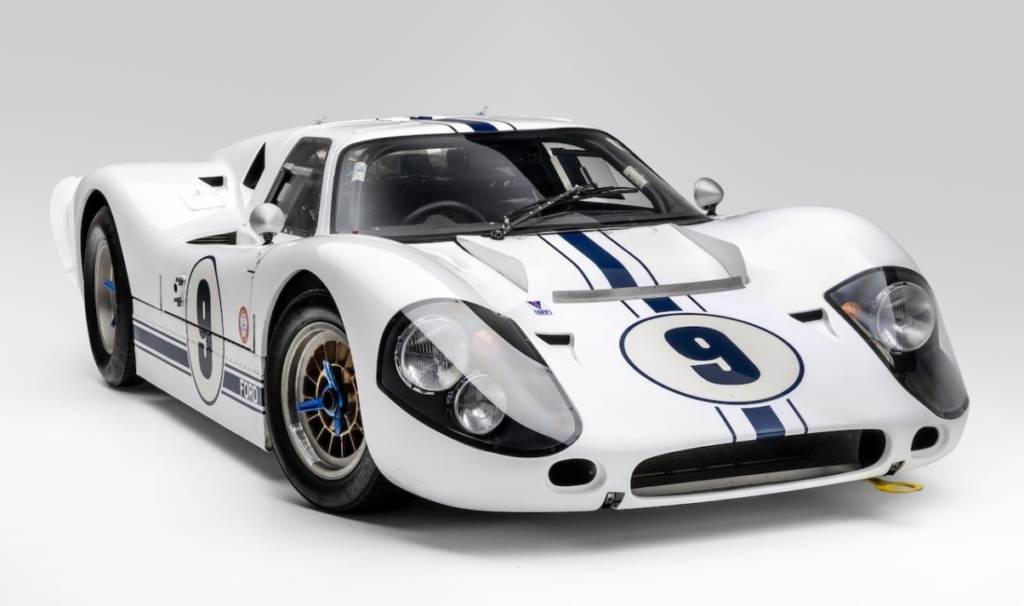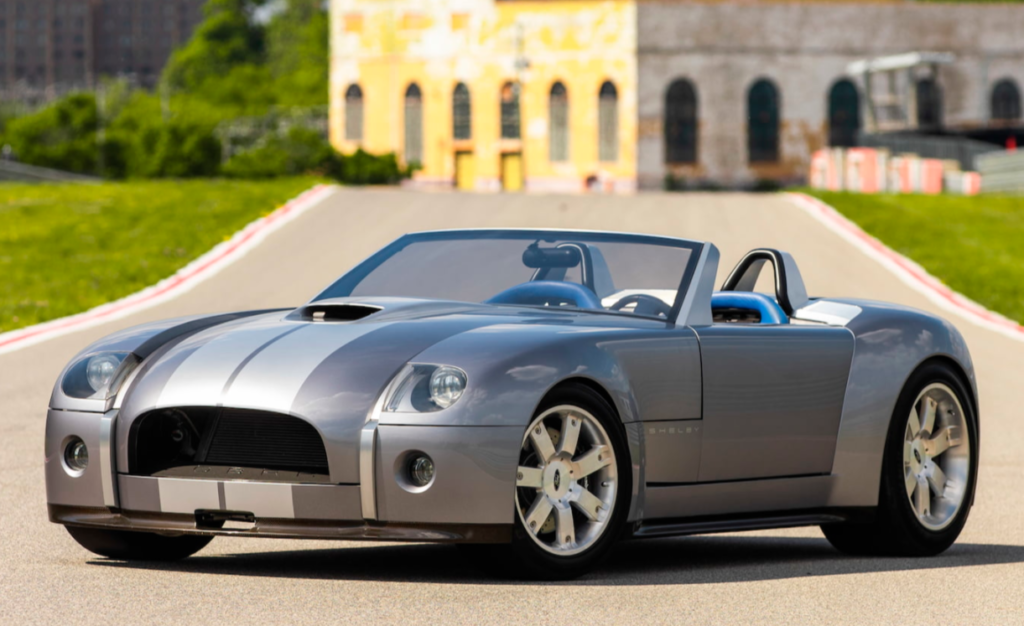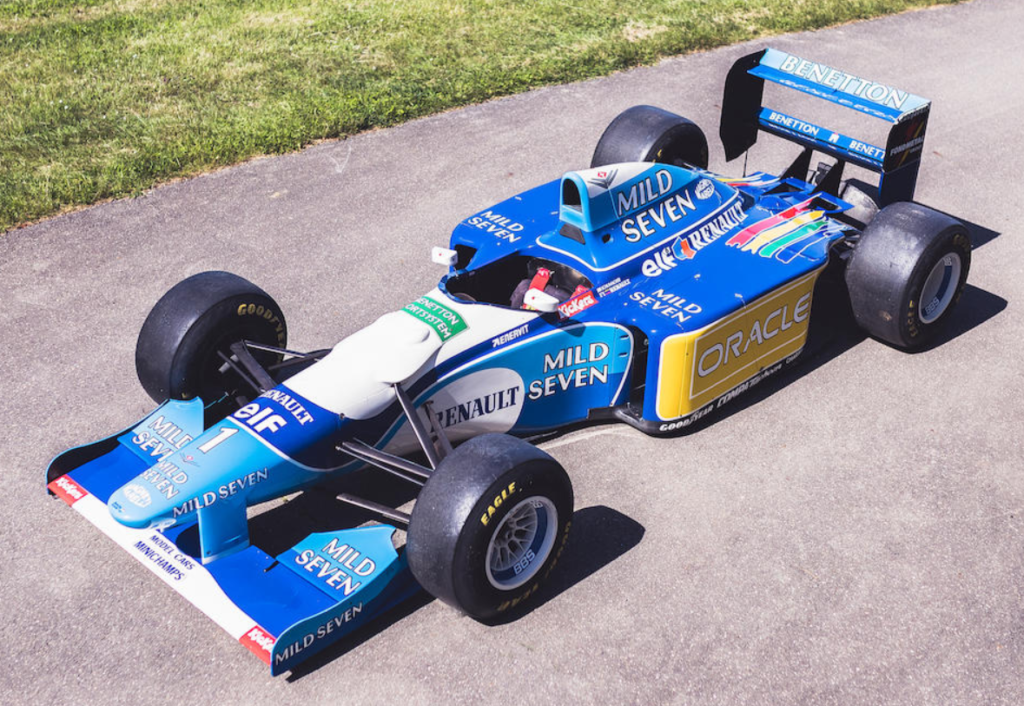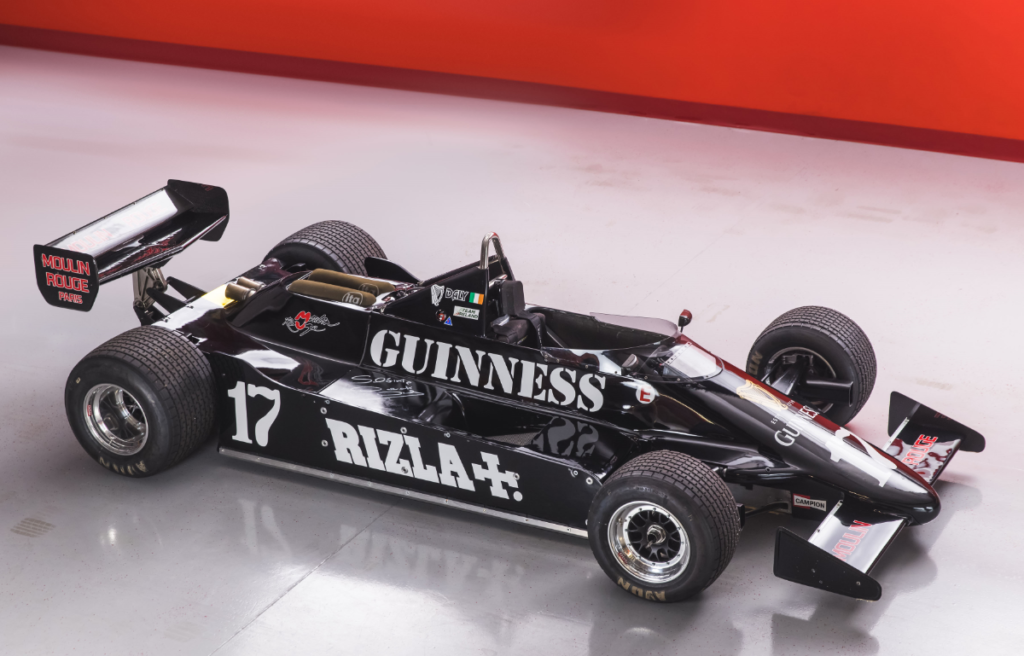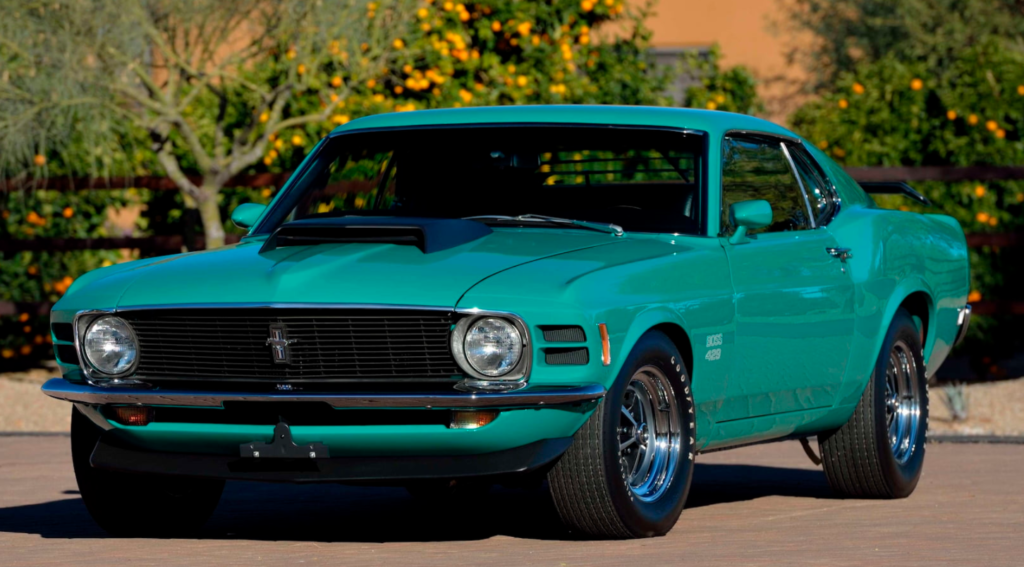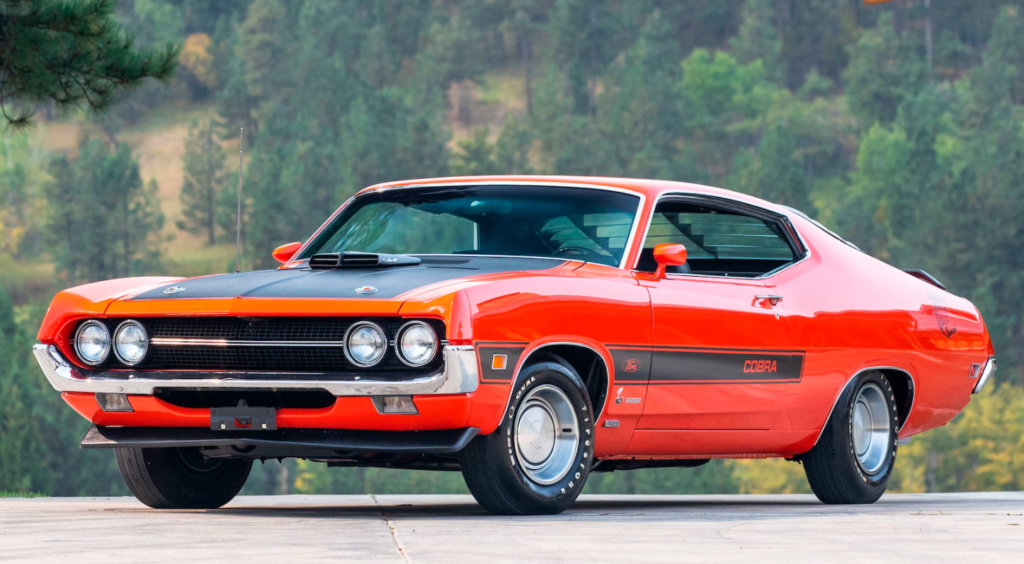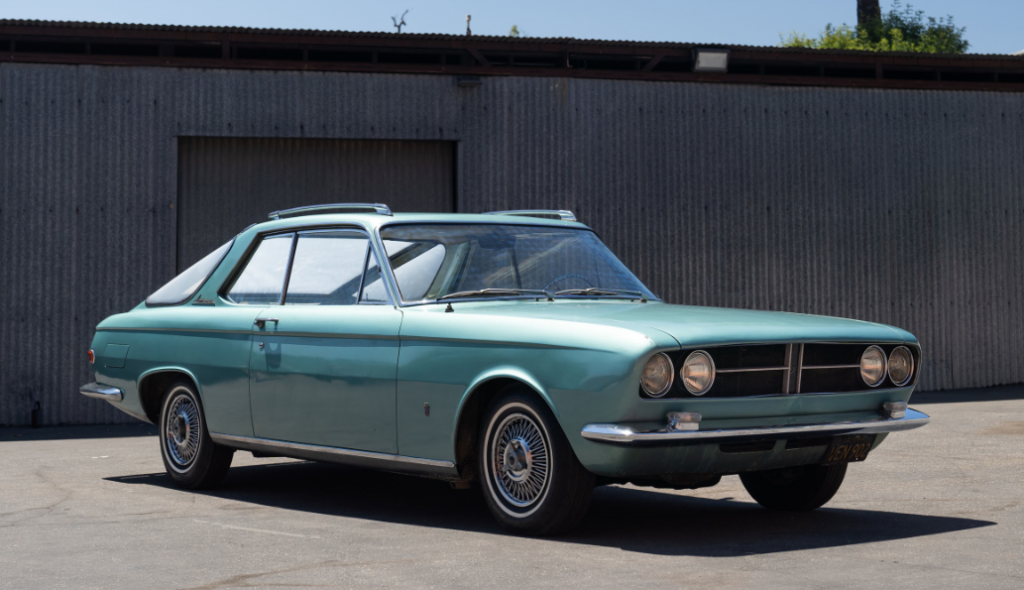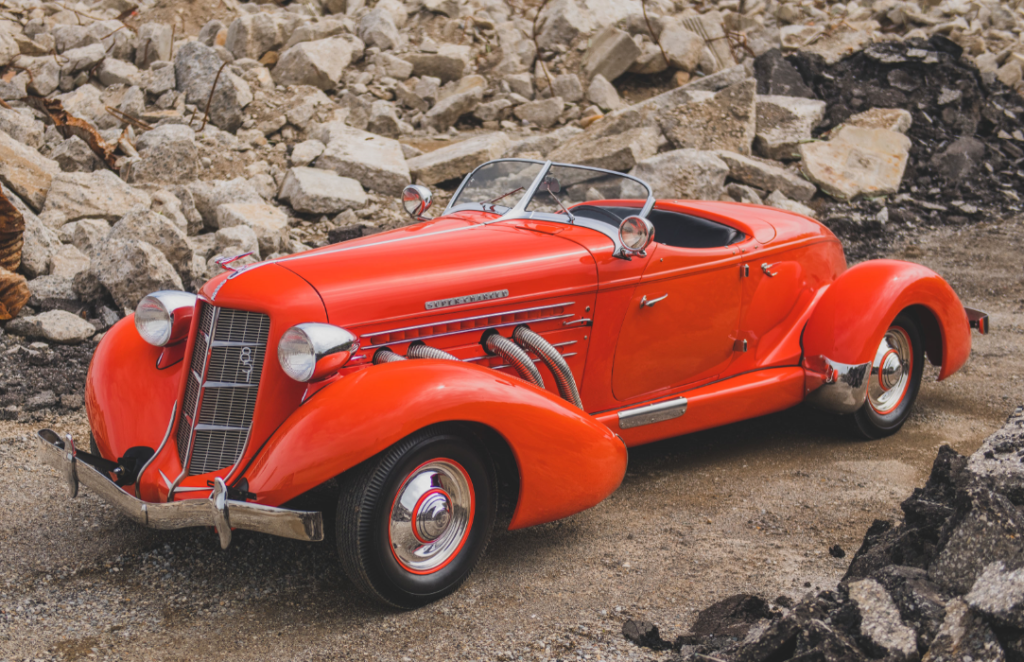1966 Lola-Ford T-90
Offered by Gooding & Company | Pebble Beach, Florida | August 13-14, 2021

The mid-1960s were a time for change at Indianapolis. The mid-engined revolution was in full swing by ’66, and the previous year was the first time that a majority of the field was made up of rear-engined cars. The British cars were back in force in 1966, with Lola leading the way with their Ford-powered T-90.
Three T-90s were built, and all three were on the grid at the 1966 Indy 500. This is one of two powered by a 4.2-liter Ford quad-cam V8. Fuel injected, it makes about 425 horsepower. The competition history for this chassis, 90/2, includes:
- 1966 Indianapolis 500 – 6th, DNF (with Jackie Stewart)
- 1966 Langhorne 150 – 3rd (with Al Unser Sr.)
- 1966 Fuji 200 – 1st (with Stewart)
As most old race cars do after their time on track is finished, this car passed around between a few owners. In this case some of them believed this to be the ’66 500-winning car of Graham Hill. The current owner bought it under that assumption in 1995. After much research, it was discovered it was not. In 2017, the car was restored back to its Bowes Seal Fast Special livery that Stewart ran in 1966.
It’s got a pretty interesting history and the 100% right look of an early rear-engined Indy car. The pre-sale estimate is $1,000,000-$1,400,000. Click here for more info and here for more from this sale. Also… can we take a second to ponder the insanity that Stewart finished SIXTH and was still not running at the end of the ’66 500? The fifth-place finisher wasn’t running either. Talk about attrition…
Update: Not sold.

